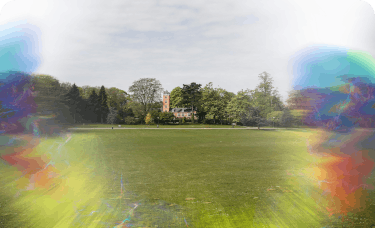Those suffering from sinus headaches can take measures to help clear mucus from their sinuses, thus relieving pressure and the potential for headaches. For example, increasing fluid intake, inhaling steam two to four times per day, using a humidifier, irrigating nasal passages with saline, or taking an OTC nasal decongestant such as pseudoephedrine can help relieve congestion.
However, it’s important to note that many people often confuse sinus headaches with migraines because the signs and symptoms of the two types of headaches overlap. In fact, the Sinus, Allergy and Migraine Study (SAMS) revealed that 86 percent of the study patients diagnosed with sinus headache suffered from undiagnosed migraines.1 Similarly, a large population-based study called American Migraine Study II showed that out of almost 30,000 study participants, only about 50 percent who were diagnosed with migraine knew they had migraine before the study. The most common misdiagnosis was sinus headache.2
The confusion may occur partly because migraine headache involves activation of the same nerves that innervate both the sinuses and the meninges, a membrane surrounding the brain that may be involved in the generation of headache. As a result, the site from which the pain originates is difficult to pinpoint and could lead you to believe that you have a sinus headache when in fact you have a migraine.
As with sinus headaches, migraine pain often gets worse when you bend forward. Moreover, some people may not realize that migraines can be accompanied by various nasal symptoms, including congestion, facial pressure and a clear, watery nasal discharge. Sinus headaches, on the other hand, usually aren’t associated with nausea or vomiting or aggravated by noise or bright light — all common symptoms of migraines.
This article is meant to be informational only and should not be taken as medical advice. If you experience recurrent sinus headaches or feel that your sinus headaches could be migraines — or if you have any kind of head pain — consult your doctor or pharmacist.









